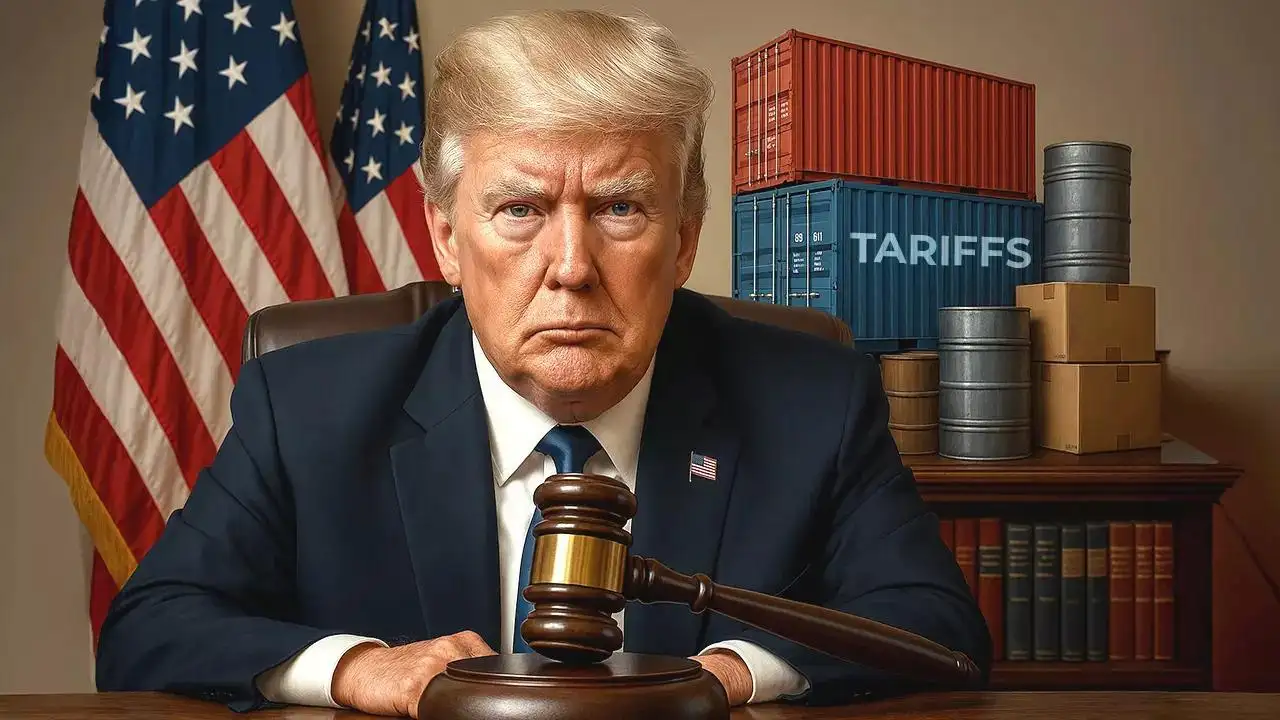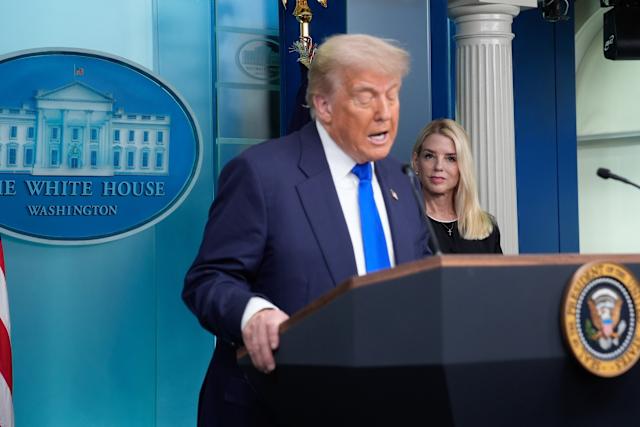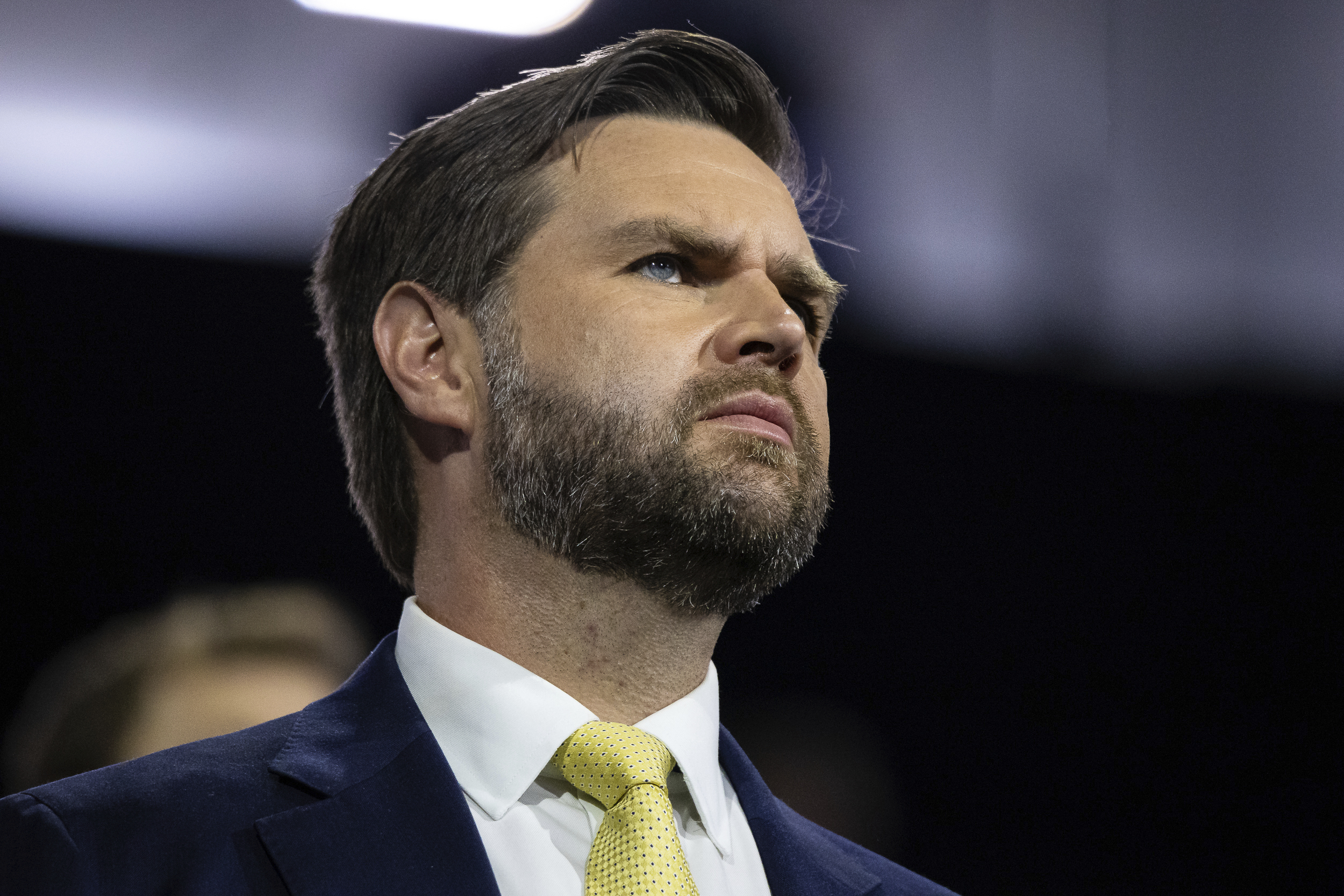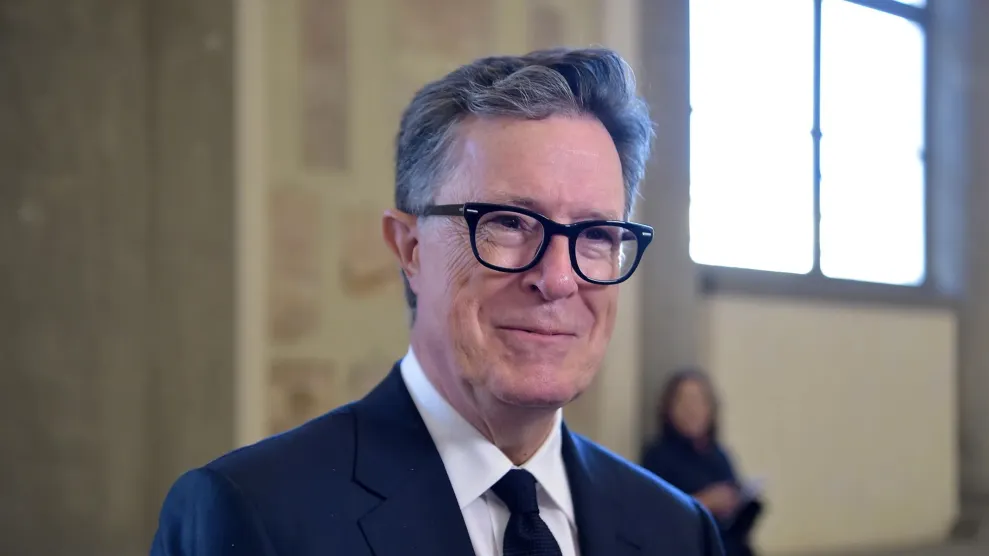In a significant development on the international trade front, former President Donald Trump announced that the United States had reached a new trade deal with the European Union just as an August 1 deadline was fast approaching. This revelation comes amid increasing concerns over tariffs, trade imbalances, and economic tensions between the two global powers. The deal, which Trump described as a “win-win,” aims to ease transatlantic economic frictions and secure American interests in agriculture, manufacturing, and technology.
Background: A Looming Deadline and Rising Tensions
The U.S.-EU trade relationship has historically been both deep and complex, with billions of dollars in goods and services exchanged annually. However, under the Trump administration, this relationship was marked by a more aggressive stance on trade deficits and a commitment to restructuring trade agreements to be more favorable to the United States. In recent months leading up to the August 1 deadline, both sides had threatened reciprocal tariffs, raising fears of a potential trade war that could disrupt global markets.
The deadline was particularly significant as it was set for potential retaliatory measures by the U.S. on key European exports such as automobiles, agricultural goods, and industrial equipment. The EU had warned of countermeasures that could affect American farmers and tech companies, creating uncertainty in several sectors.
Trump’s Announcement and Key Details of the Deal
During a press conference held at his Bedminster, New Jersey golf club, Trump confidently declared, “We have reached a very strong trade deal with the European Union. This is a big one.” Although he did not immediately provide all the specifics, he emphasized that the deal would reduce barriers to American agricultural exports, protect U.S. technology interests, and foster mutual investment.
According to Trump, the EU has agreed to purchase more U.S.-produced soybeans and liquefied natural gas (LNG), thereby providing a boost to American farmers and energy producers. He also claimed that the agreement includes pledges from the EU to reform certain regulatory practices that have previously been viewed as restrictive by American businesses.
While details remain somewhat vague, administration officials later indicated that the deal involves a framework to negotiate tariffs on industrial goods, with both sides committing to work toward zero tariffs, zero non-tariff barriers, and zero subsidies on non-auto industrial goods. This echoes a past joint statement issued by Trump and European Commission officials during his presidency.
Political and Economic Significance
The timing of the deal is politically strategic. Trump, who has repeatedly positioned himself as a champion of American workers and businesses, is once again leaning into his “America First” economic doctrine. By announcing the trade deal just before the August 1 deadline, he aims to showcase his ability to negotiate under pressure and protect U.S. interests on the global stage.
For the European Union, the deal comes amid its own internal challenges, including slowing economic growth in some member countries and increasing political fragmentation. EU leaders may view the agreement as a way to avoid a costly trade conflict with one of their largest partners while maintaining diplomatic ties during a sensitive period.
Economically, the agreement—if fully implemented—could potentially benefit both sides. U.S. farmers have long sought greater access to European markets, and reductions in trade barriers could boost exports in key sectors. Meanwhile, European companies operating in the U.S. would gain more predictability and potentially improved access to certain American markets, especially if tariffs are gradually reduced.
Industry Reactions
Initial reactions from business and agricultural leaders in the U.S. have been cautiously optimistic. Farming associations welcomed the announcement, particularly the increased access to European markets for soybeans and other crops, which have been under pressure due to prior trade tensions with China and other global shifts.
Manufacturers also praised the move, though many called for greater clarity on the terms. A representative from a major U.S. automaker commented, “Any step that reduces the threat of auto tariffs and opens up new export opportunities is good for business, but we need to see the final text of the deal.”
Technology companies expressed more mixed reactions, with some voicing concerns about unresolved issues around data privacy regulations and digital taxation in Europe. These matters were reportedly not fully addressed in the current phase of the trade deal, leaving room for future negotiation and potential conflict.
Challenges and Next Steps
Despite the optimistic tone of the announcement, several analysts warned that the real test would lie in the implementation. As seen in previous trade negotiations, preliminary agreements can face delays, resistance from stakeholders, and legal challenges. For example, agricultural regulations in Europe—especially around genetically modified organisms (GMOs) and food standards—remain deeply entrenched and politically sensitive.
Moreover, critics argue that Trump’s unilateral approach to negotiation, often marked by threats of tariffs and abrupt policy shifts, could undermine long-term trust between allies. European officials have reportedly pushed for a more collaborative and predictable trade framework, something they hope to solidify through this latest deal.
The next steps would likely involve continued negotiations to flesh out the specifics, especially on technical trade issues, regulatory alignment, and dispute resolution mechanisms. Both sides are expected to form working groups and task forces to monitor progress and iron out remaining disagreements.
Conclusion
The announcement of a U.S.-EU trade deal by former President Donald Trump comes at a pivotal moment, with economic tensions high and global markets watching closely. While the broad strokes of the agreement promise to reduce barriers, enhance exports, and avoid punitive tariffs, much will depend on how the deal is finalized and implemented.
Trump has characterized the development as a major victory for American workers and businesses, reinforcing his narrative as a master negotiator. European leaders, meanwhile, appear to have bought more time to prevent a transatlantic trade war.



